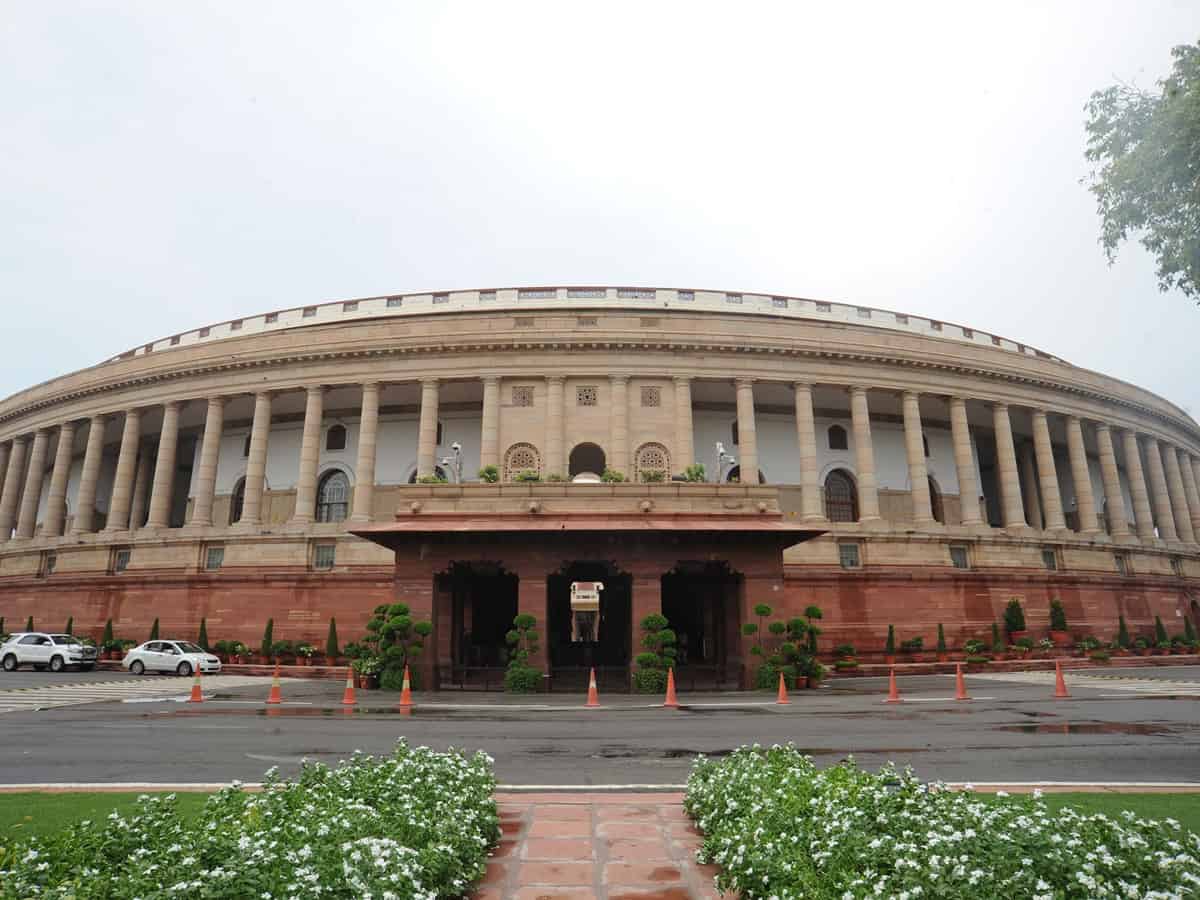
How has democracy worked in India @ 75? By and large, it has done well with power getting transferred 17 times smoothly. So we can pat ourselves that we have done well as the world’s largest democracy.
But where it could have been better is the status of Opposition, which is a good hallmark of democracy. As we celebrate the Diamond Jubilee, it is time to look back and look ahead about the status of the Opposition, which has had its ups and downs.
Historically, when the first general elections in 1952, Congress swept polls at the Centre and the States. But by the 1962 elections, the Communists, socialists, Swatantra Party, and Bharatiya Jana Sangh had started making dents. There was a time when it played a successful campaign against Nehru’s failure on Chinese aggression, Indira Gandhi’s Emergency, Rajiv Gandhi’s Bofor’s scam, the Mandal agitation, the Mandir movement, the Citizenship (Amendment) Act 2019, the farmers’ agitation, etc.
Currently, we have a weak and divided opposition. Even Supreme Court Chief Justice NV Ramana recently lamented, “There used to be mutual respect between the government and Opposition. Unfortunately, the space for Opposition is now diminishing.” Some feel that the secret weapon
of Prime Minister Narendra Modi’s success is the divided Opposition.
Since the Opposition lacks a bold plan, a new narrative, and leadership, it has no answer for Modi versus who. Moreover, emerging regional satraps like Mamata Banerjee, Mayawati, or K Chandrasekhar Rao disagree with names other than theirs.
Congress has been steadily losing the provinces since Modi entered the national scene in 2014. Today, a weakened Congress is the main opposition party. It has just 52 seats to match BJP’s 300-plus seats in the 2019 Lok Sabha polls. Sticking to the Gandhis, the party suffers from a lack of leadership, cadre, adequate funding, and strategy to check the BJP.
The Communist Party of India (CPI) was the main opposition party in the immediate post-independence period. The Communist movement was strong in the erstwhile Madras presidency and later in the linguistically carved out Andhra Pradesh.
Even after a split in 1964, the Left parties played a significant role over the decades.
The Left supported the V P Singh government in 1989. They played kingmaker roles for the two United Front governments during 1996-98 and the Congress-led United Progressive Alliance (UPA) between 2004 and 2008. The decline began with the 2009 elections and continues till now. Registering its worst ever poll performance in over six decades, the Left Front managed just five seats in the 2019 polls.
At another level, Jayaprakash Narain, Ram Manohar Lohia, and others ran a socialist stream since the mid-1970s. Their Janata movement paved the way for the emergence of some present-day leaders like Lalu Prasad Yadav (Rashtriya Janata Dal), Mulayam Singh Yadav (Samajwadi Party), Deve Gowda (Janata Dal-Secular), and Naveen Patnaik( BJD).
The rise of lower castes, religious identities, linguistic groups, the emergence of the backward classes, the Hindutva identity politics of the BJP, insurgency and autonomy movements, and regional parties have taken centre-stage since the eighties.
After the 1990s, Congress had to ride piggyback on regional parties as it lost the upper caste votes to the BJP and the backward and Dalit castes to the Samajwadi Party and the BSP. It helplessly witnessed ‘Mandal’ and ‘Kamandal’ movements in the Hindi belt.
The Dravidian parties had dug in their heels in Tamil Nadu since 1967. The DMK and the AIADMK have alternately been ruling Tamil Nadu since 1967. Left and Congress alternate in Kerala. Telangana and Andhra Pradesh have new regional satraps.
Congress has come a long way from Nehru’s days. Indira faced strong Opposition after she imposed an Emergency in 1975. Despite a lack of numbers, half a dozen Opposition leaders, including Indrajit Gupta, Somnath Chatterjee, and Madhu Dandavate, managed to unseat Rajiv Gandhi in the Bofors scam.
P V Narasimimha Rao (PM during 1991-1996) was bold enough to dismantle the command economy and make a 360-degree turn toward a right-wing economy despite the strong Opposition from within his party and opposition parties.
Vajpayee ran his coalition government well from 1998-2004. Still, the 2004 elections were a battle between the Vajpayee-led National Democratic Alliance (NDA) and the Congress-led United Progressive Alliance. Nominating Dr Manmohan Singh as Prime Minister, Sonia Gandhi ran the government supported by Left parties by remote control. Since Modi entered the national scene, the BJP has been winning state after state. He represents an authoritarian leadership as well as a hard-line Hindu ideology. He promised change and held out hope to the electorate.
However, the South, except in Karnataka, is eluding the BJP. The superior organizational capacity of these regional linguistic parties has made them resistant to BJP encroachment.
At the end of 75 years today, the Opposition needs a good leader, a good narrative, and cohesion. There is still time to get organized and put up a spirited fight. The 2024 polls will be between the BJP and the regional parties.



